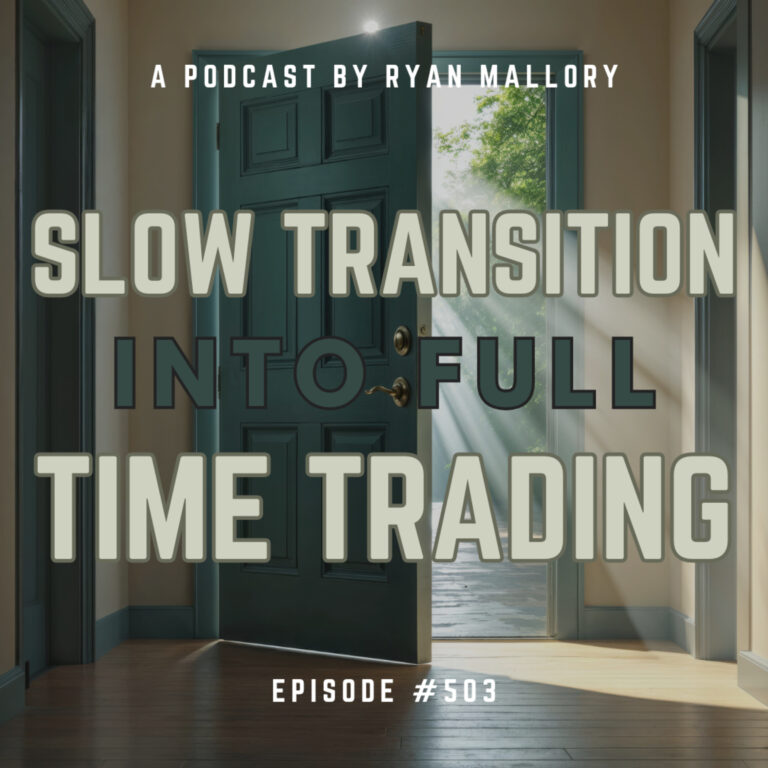One of the most often asked questions that we get is how to trade and profit in a sideways market. Profit potential in flat to sideways trading sessions does exist using day-trading strategies, and for the purposes of this article, day-trading is the time frame that we are going to focus on. However, one of the most important aspects of trading successfully in these types of markets is knowing early on in the trading session whether the market is trending or trading sideways and knowing this is often the most difficult aspect.
First, it is important for us to say that unless you are trading to “fill-the-gap” you are better off not trading at all until about thirty minutes to an hour into the market session. Our trading strategy requires us to wait at least an hour before initiating any trades. But during that first thirty minutes to an hour, it is essential to watch the price and volume – for us that is all we watch in determining the type of market we are trading in.
Next, determine what type of catalyst is driving the market – is it blowout earnings from Microsoft (MSFT)? Did the Fed slash interest rates by 100 basis points overnight in an emergency meeting, is Citigroup (C) announcing $10 billion in additional and unexpected sub-prime write downs? If so these are the types of trading sessions that tend to see 2% to 3% (or more) increases or decreases in price movement in the general markets. On the other hand if the market is is gapping up 0.5% and there is no major news, then there is a good chance that the gap will fill and the market will spend much of its day trading sideways. Now we are not saying that you have to have major, earth-shattering news in order for the market to trend, instead we are providing you with rock solid examples of how to recognize a trending market versus a flat to sideways market.
As stated earlier we like to watch what price action tends to do over the course of the first hour or so, and if the markets don’t show any true conviction, and volume is relatively low compared to recent market sessions (use 15 or 30 minutes volume bars to determine this), then our trades will be set up to take advantage of quick price movements. If the market opens up or down around 0.75% to 1% or more and holds it during the first hour, then we know the market is likely to trend and we will keep our positions open for a much longer duration and even hold our trades until the final minutes of the trading session. In essence in the trending markets, we will let our positions run to take full advantage of the day’s market strength or weakness.
If the market is showing slight weakness, but the overall market of recent weeks or months has been showing strength, we will trade long as the general tendency will be for the market to buy the dip and recover as the trading session matures.
So Let’s Recap…
1. Watch the general price and volume action during the first 30 minutes to an hour of the market session.
2. Scan for whether the market is being driven by substantial market news, or just market whims
3. If the market opens up strong, is it sustaining or holding on to those gains (the reverse is true when the market opens down). If so, trade to capture the full extent of that day’s market action. If the volume is low, and price action is showing little conviction then trade for quick profits.
4. If there is slight weakness in the overall market – trade to the long-side (the reverse is true in slight strength in an otherwise bear market).
The next part of this series will focus on actual trade setups and what the targets and stop-losses should be, so check back to catch the next segment of this series!

Welcome to Swing Trading the Stock Market Podcast!
I want you to become a better trader, and you know what? You absolutely can!
Commit these three rules to memory and to your trading:
#1: Manage the RISK ALWAYS!
#2: Keep the Losses Small
#3: Do #1 & #2 and the profits will take care of themselves.
That’s right, successful swing-trading is about managing the risk, and with Swing Trading the Stock Market podcast, I encourage you to email me (ryan@shareplanner.com) your questions, and there’s a good chance I’ll make a future podcast out of your stock market related question.
How should one go from their regular 9-5 job into full-time trading? As a swing trader, we don't have to necessarily be full-time, and instead we can combine our trading into a lifestyle that allows us to maximize our time and earning ability.
Be sure to check out my Swing-Trading offering through SharePlanner that goes hand-in-hand with my podcast, offering all of the research, charts and technical analysis on the stock market and individual stocks, not to mention my personal watch-lists, reviews and regular updates on the most popular stocks, including the all-important big tech stocks. Check it out now at: https://www.shareplanner.com/premium-plans
📈 START SWING-TRADING WITH ME! 📈
Click here to subscribe: https://shareplanner.com/tradingblock
— — — — — — — — —
💻 STOCK MARKET TRAINING COURSES 💻
Click here for all of my training courses: https://www.shareplanner.com/trading-academy
– The A-Z of the Self-Made Trader –https://www.shareplanner.com/the-a-z-of-the-self-made-trader
– The Winning Watch-List — https://www.shareplanner.com/winning-watchlist
– Patterns to Profits — https://www.shareplanner.com/patterns-to-profits
– Get 1-on-1 Coaching — https://www.shareplanner.com/coaching
— — — — — — — — —
❤️ SUBSCRIBE TO MY YOUTUBE CHANNEL 📺
Click here to subscribe: https://www.youtube.com/shareplanner?sub_confirmation=1
🎧 LISTEN TO MY PODCAST 🎵
Click here to listen to my podcast: https://open.spotify.com/show/5Nn7MhTB9HJSyQ0C6bMKXI
— — — — — — — — —
💰 FREE RESOURCES 💰
— — — — — — — — —
🛠 TOOLS OF THE TRADE 🛠
Software I use (TC2000): https://bit.ly/2HBdnBm
— — — — — — — — —
📱 FOLLOW SHAREPLANNER ON SOCIAL MEDIA 📱
*Disclaimer: Ryan Mallory is not a financial adviser and this podcast is for entertainment purposes only. Consult your financial adviser before making any decisions.




